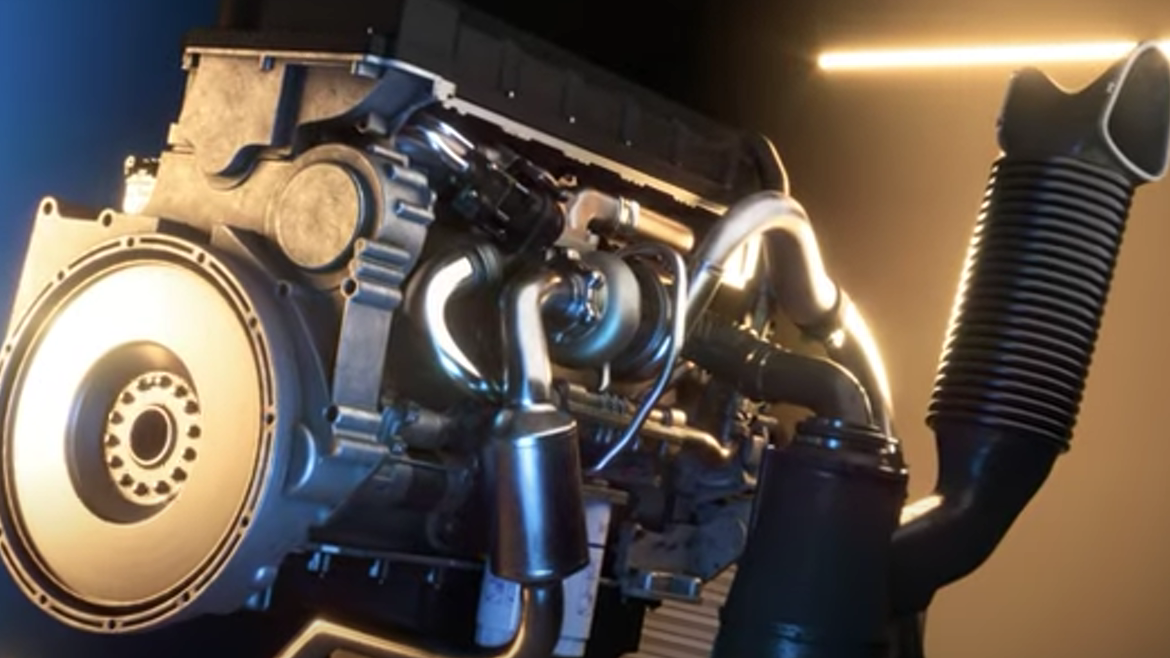Jul 10, 2024
Posted by Robert Quigley, Fuels Product Manager
Renewable diesel (RD) fuel, derived from the hydrogenation of oils and fats to produce linear aliphatic hydrocarbons, is believed by some to be free of a need for deposit control because of the perception that it is a “cleaner” product.
Renewable diesel is not new, but gaps in understanding still exist about many characteristics of this alternative to conventional fuels. Lubrizol looked to answer the question of the need for deposit control additives (DCAs) by carrying out fuel injector deposit control and deposit reduction using the industry standard CEC (Co-ordinating European Council) XUD-9 and DW10 methods. The results were enlightening.
What is Renewable Diesel?
Renewable diesels are often referred to as hydrogenated vegetable oils (HVOs) or hydroprocessed esters and fatty acids (HEFAs). RD has many of the properties of kerosene without contaminants such as aromatics, oxygen and sulfur. As a result, RD is easy to incorporate as a “drop-in” fuel blends with mineral diesel and conventional FAME (fatty acid methyl ester) biodiesel.
HVOs/HEFAs have many other desirable properties, especially compared to first generation fatty acid methyl ester derived fuels. These include greater oxidative and storage stability, high natural cetane number and reduced emissions on combustion.
Feedstocks for these processes are increasingly sourced from non-food residues, such as waste oils and fats, agricultural and forestry waste. This reduces the dependence on biomass resources that can be used in the food supply, such as rapeseed, soy and palm vegetable oils. Such biofuels are also referred to as “advanced,” or “second-generation” biofuels.
Perhaps the best-known process for renewable diesel production is Neste Oils NEXBTL™, but other processes are also widely used, such as Honeywell-UOP’s Ecofining™ process. Multiple high volume “biorefineries” are now producing substantial volumes worldwide, with a forecast for strong growth in capacity particularly in North America, driven by the demand to reduce greenhouse gas emissions from conventional fuels. In the European Union, the RED 3 Directive requires 42.5% renewable energy content in road and rail fuels by 2030. Total global capacity is expected to reach approximately 70 million MT per year by 2030, which is around 4% of total global diesel/gasoil consumption in 2022, according to the EI Statistical Review of World Energy. Of all the transportation sectors looking to increase the use of renewable diesel, there is an increasing impetus to further upgrade a significant proportion of this capacity into sustainable aviation fuel (SAF).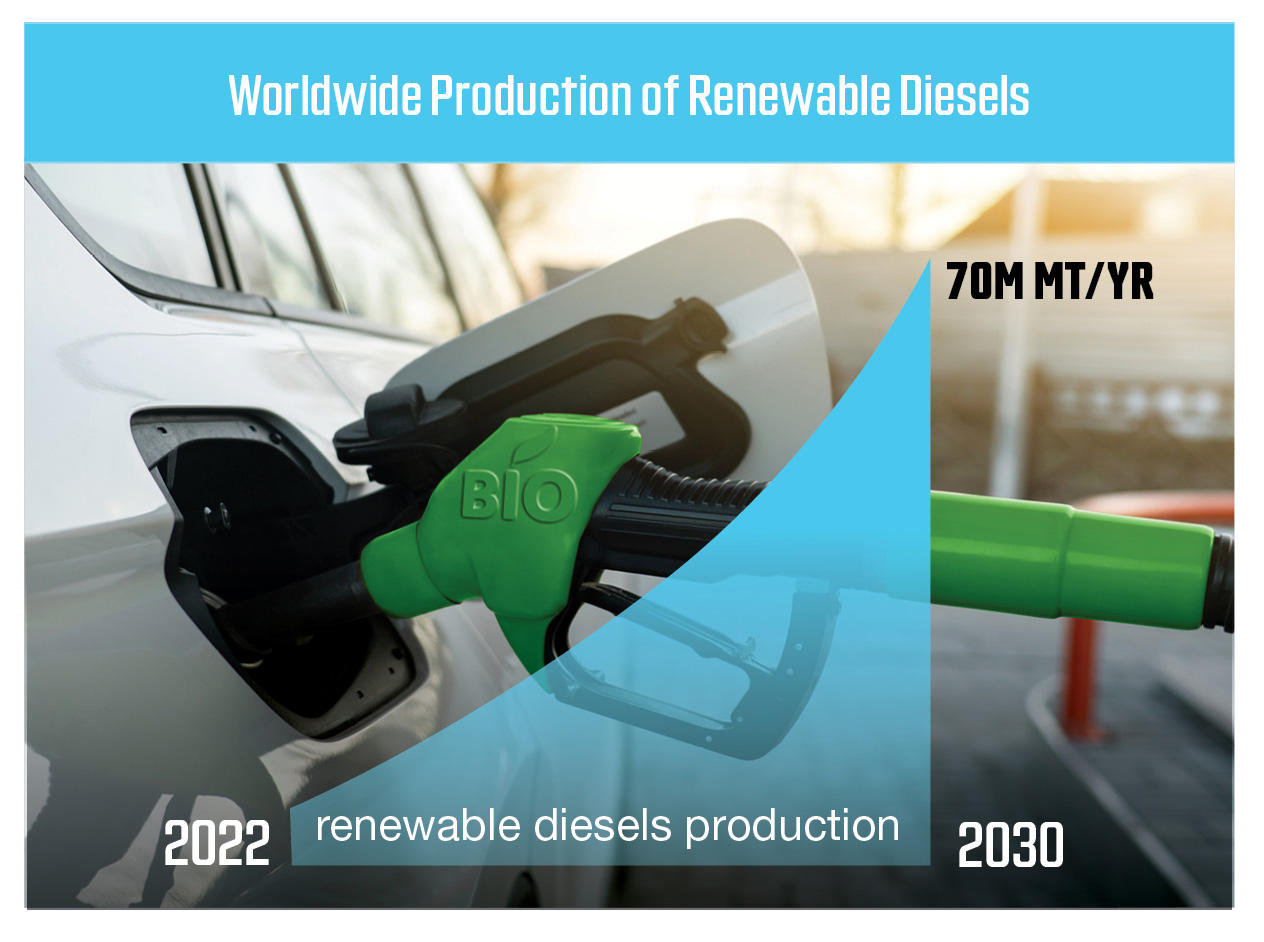
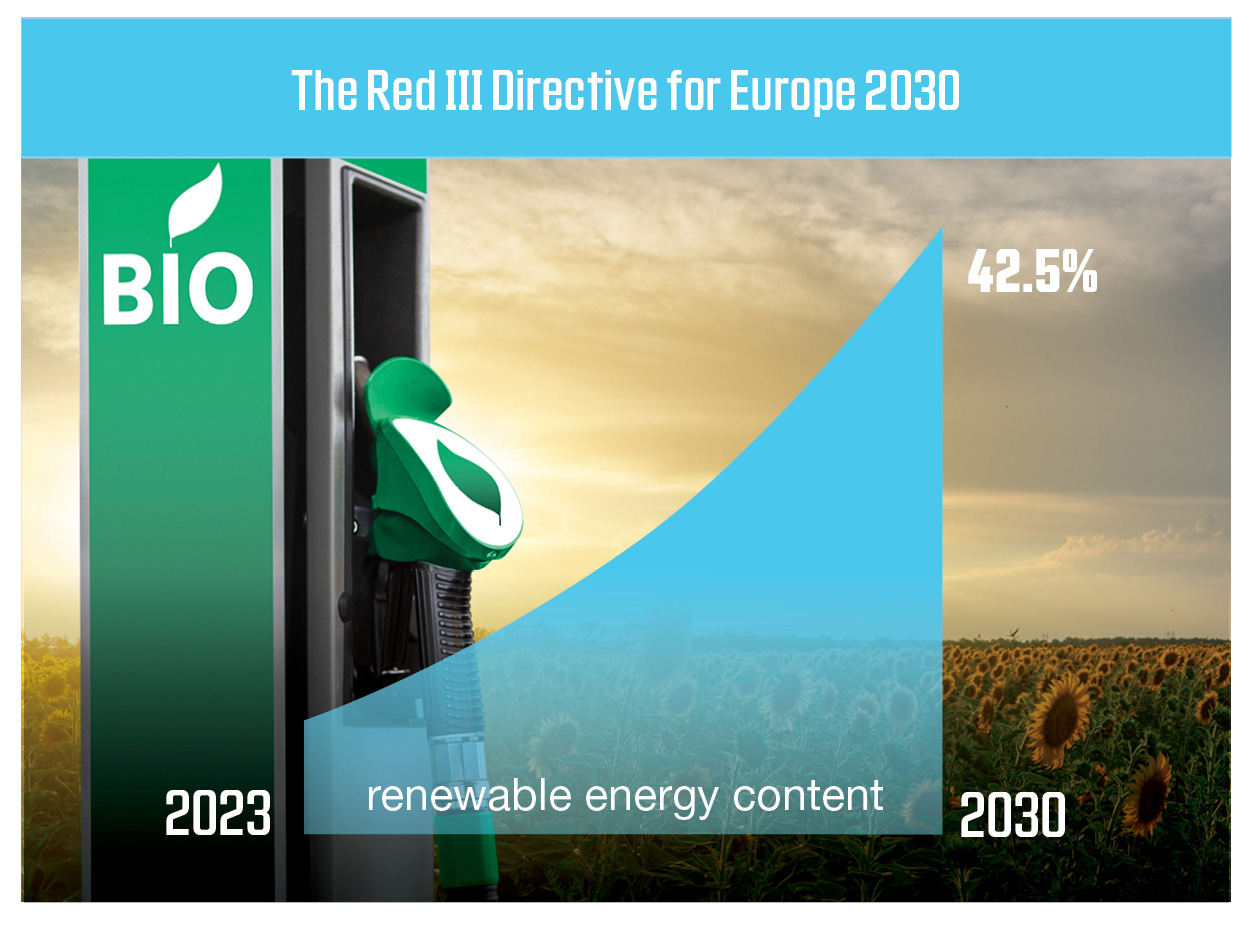
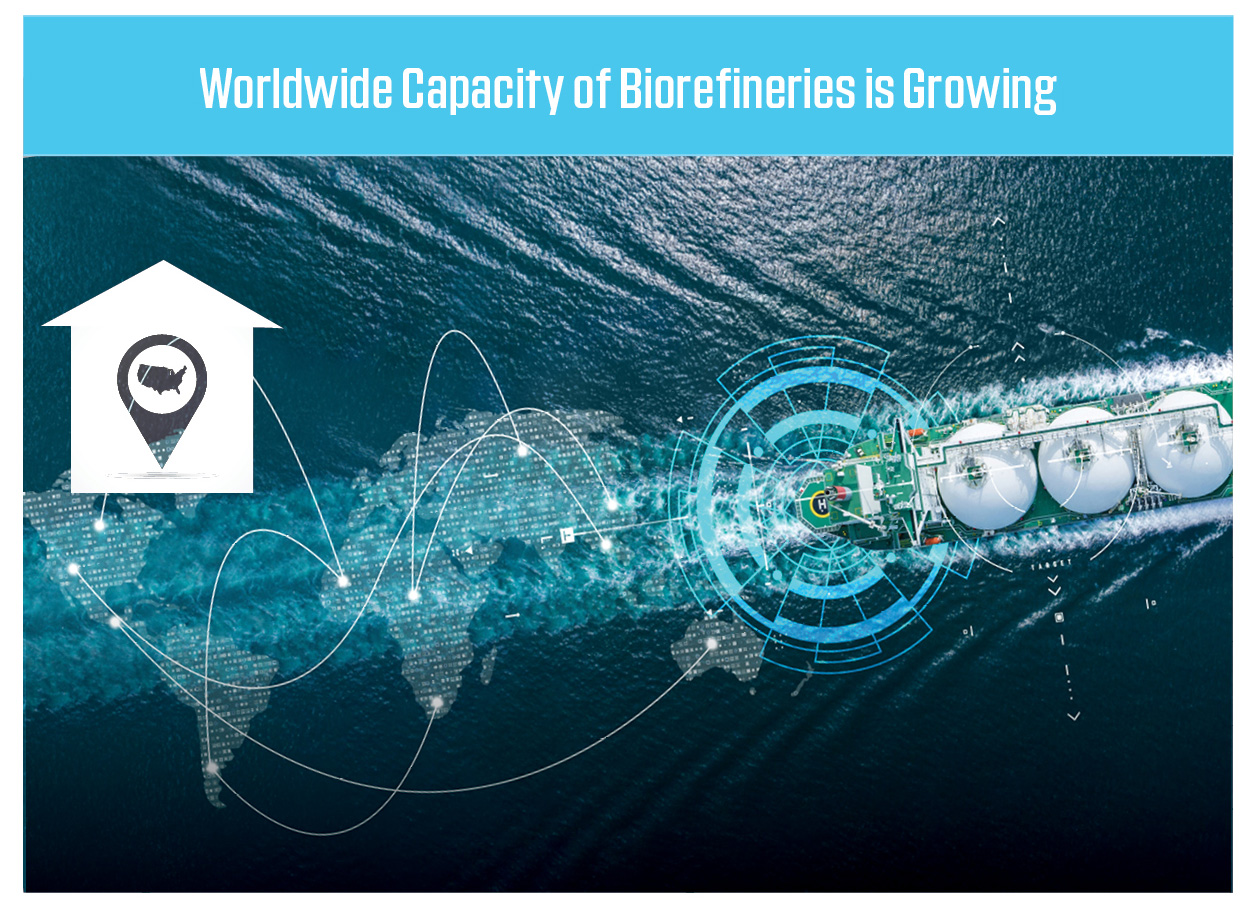
“Cleaner” Perception
Renewable diesel has long been considered “cleaner” in terms of deposit formation tendency, compared to conventional mineral diesel fuels. The belief that HVO/HEFA is cleaner has led some to believe that deposit control additives (DCAs) are not needed. What does the data show? Lubrizol carried out fuel injector deposit control and deposit reduction using the industry standard CEC XUD-9 and DW10 methods to find out.
CEC F-23-01 XUD-9 Testing
Comparative XUD-9 injector nozzle coking deposit control or “keep clean” testing was carried out using 100% RF-79 mineral reference fuel, together with renewable diesel in blends of 30% (R30) and pure 100% RD. In addition to the base fuel testing, a standard deposit control or “keep-clean” treatment of Lubrizol’s MF9140 Series Zer0Evo™ DCA was also used in the test fuels to provide additive treated results for comparison (Figure 1).
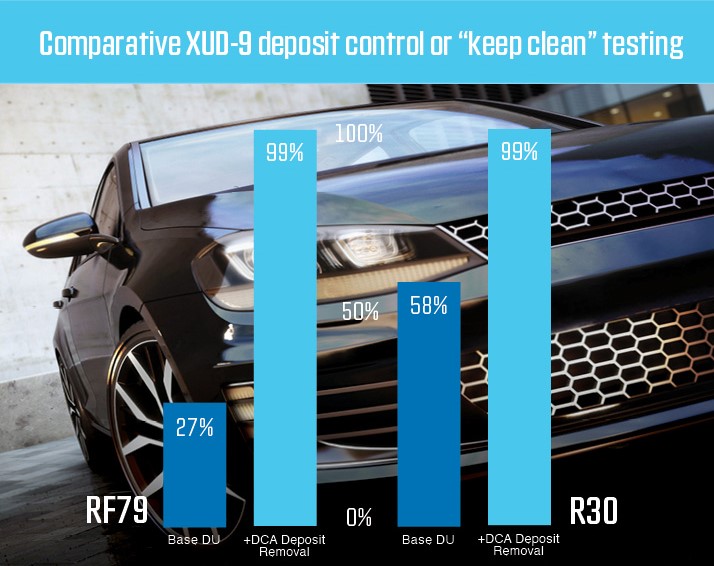
XUD-9 deposit control (“keep clean”) test results do indicate a reduced carbonaceous deposit formation tendency of fuels containing renewable diesel content, with the R30 blend, with RF-79-07 tested showing 58% flow remaining, compared to the pure RF-79-07 fuel test, which showed 27% flow remaining at end of test. So, although carbonaceous deposits are formed at a lower level in the HVO containing fuel, they are still generated and therefore present a challenge to optimum engine operation. With the addition of a standard deposit control (“keep-clean”) treat of the Lubrizol Zer0Evo™ DCA, both fuels showed a dramatic improvement in performance, with almost no flow loss at the end of testing.
A second set of XUD-9 tests were carried out to assess deposit formation tendency of 100% RD / HVO and removal performance (“clean-up”) of the Lubrizol Zer0Evo™ DCA in this fuel (Figure 2). The testing comprised of a standard test with the pure HVO without additive, followed by running the same set of partially fouled injectors in the same fuel treated with a deposit removal dose of the Zer0Evo™ DCA. The pure HVO result was even better than the R30 result described above. The corresponding “deposit removal” test resulted in 100% removal of nozzle deposits. For comparison, typical results are also shown for pure mineral RF-79-07 reference fuel with both the base (untreated) and following deposit removal test with the same DCA treat rate. Again, although deposit levels in the base 100% HVO test are significantly lower than pure mineral fuel, carbonaceous deposits are generated, which are successfully removed by an effective treatment with high performance Zer0Evo™ DCA.
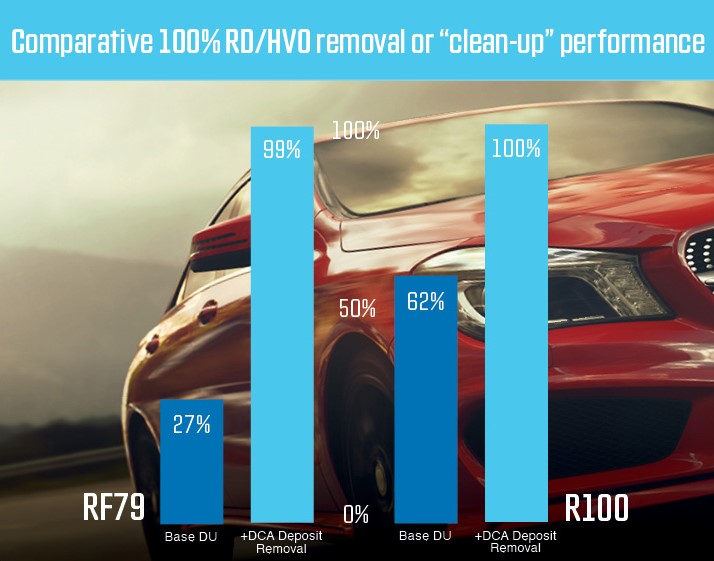
CEC F-98-08 DW10B Test Results
The CEC F-98-08 DW10B injector coking test uses a modern high pressure direct injection passenger car engine installed on a dynamometer running a 32 repeating one-hour cycle to simulate injector fouling conditions. Base fuel testing shown in Figure 3, with an R30 blend with RF79-07 reference fuel and a pure R100 HVO fuel, both containing 1 ppm zinc, as defined in the standard CEC test conditions, shows that significant nozzle fouling occurs in these fuel types at a similar, if not greater, level to standard mineral and FAME biodiesel fuels. From these results, it is therefore incorrect to assume that no fouling occurs in modern high pressure direct injection fuel injection systems.
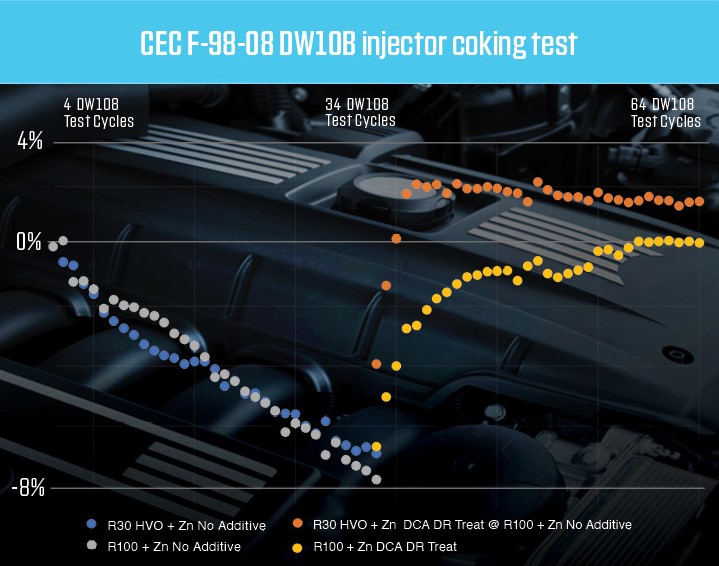
The injector set fouled using R30 plus 1 ppm zinc was used in a `clean-up’ test with the same R30 plus 1 ppm zinc fuel and a deposit removal (“clean-up”) DCA dose, as shown in test cycles 32 - 64 in Figure 3 . The base fouling test resulted in a power loss of -7.3% after 32 test cycles. The following deposit removal test resulted in rapid removal of injector deposits with complete power restoration within 3 test cycles, with end of test power at +1.6%. This is comparable performance to that obtained with the same DCA treat rate in other fuels.
In a further DW10B deposit removal test, the injector set used in the previous base fuel run on pure R100 fuel plus 1 ppm zinc, which resulted in 7.8% power loss, was operated with the same R100 + 1 ppm zinc combination further treated with Lubrizol Zer0Evo™ DCA at the same deposit removal DCA dose. The results for this test are summarized in the above chart.
Interestingly, the rate of deposit removal in the R100 fuel with DCA was significantly slower than in the corresponding R30 fuel testing, although full power was recovered. It is unknown why the R100 fuel appears to be more severe towards deposit removal with DCA compared to other fuels tested, but this result does further demonstrate the importance of effective deposit control additive treatment in pure renewable diesel fuels.
Lower Deposit Formation Still Means Deposit Control is Needed
Renewable diesel fuels are an exciting advance towards greater liquid fuel sustainability through the increasing use of non-edible bio-based feedstocks. They have many performance benefits compared to alternatives based on conventional biodiesel FAMEs. However, comprehensive Lubrizol testing demonstrates the continued need for deposit control additive treatment to prevent and remove fuel injector deposits. As fuel injection system complexity continues to increase to meet ever more demanding fuel consumption and emissions targets, even fuels with lower deposit formation tendencies will continue to need deposit control additives to maintain optimum operation and service life.
Ready to Learn More?
Contact us for more information about Lubrizol® MF9141B.





